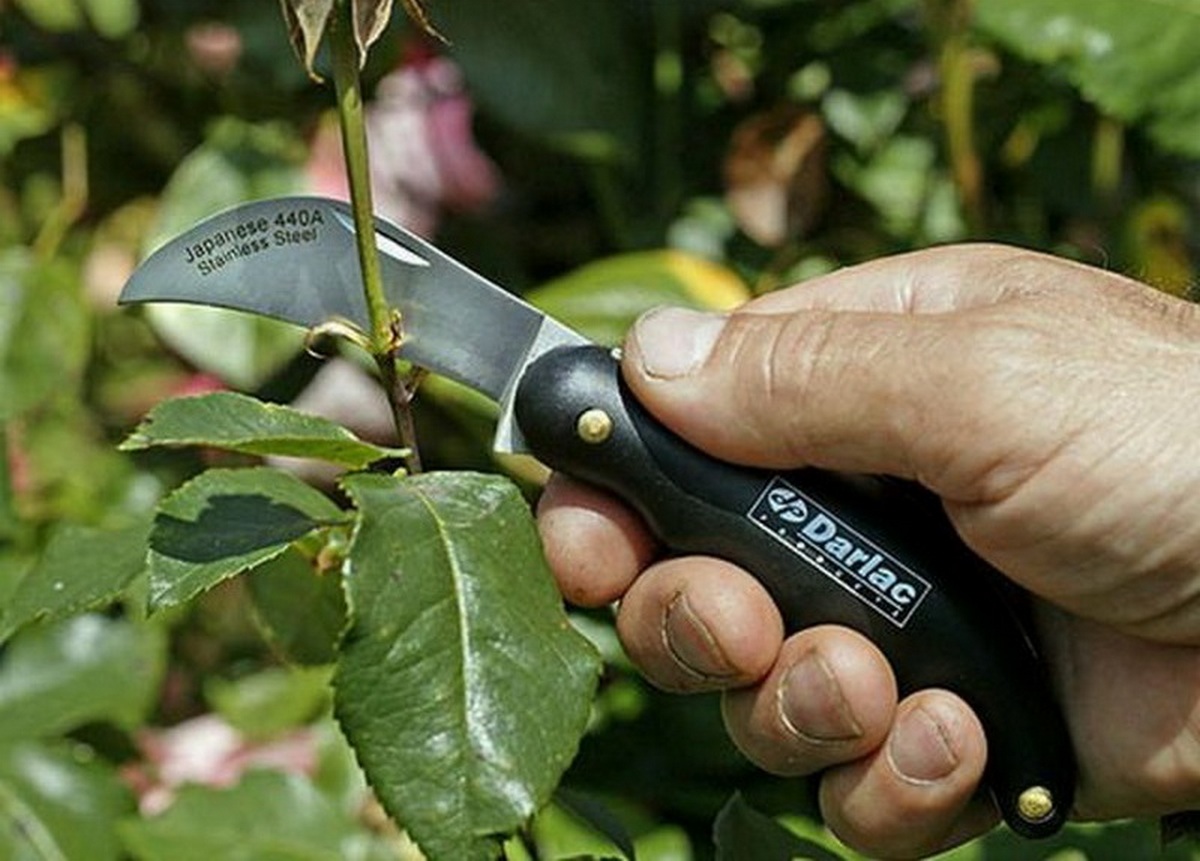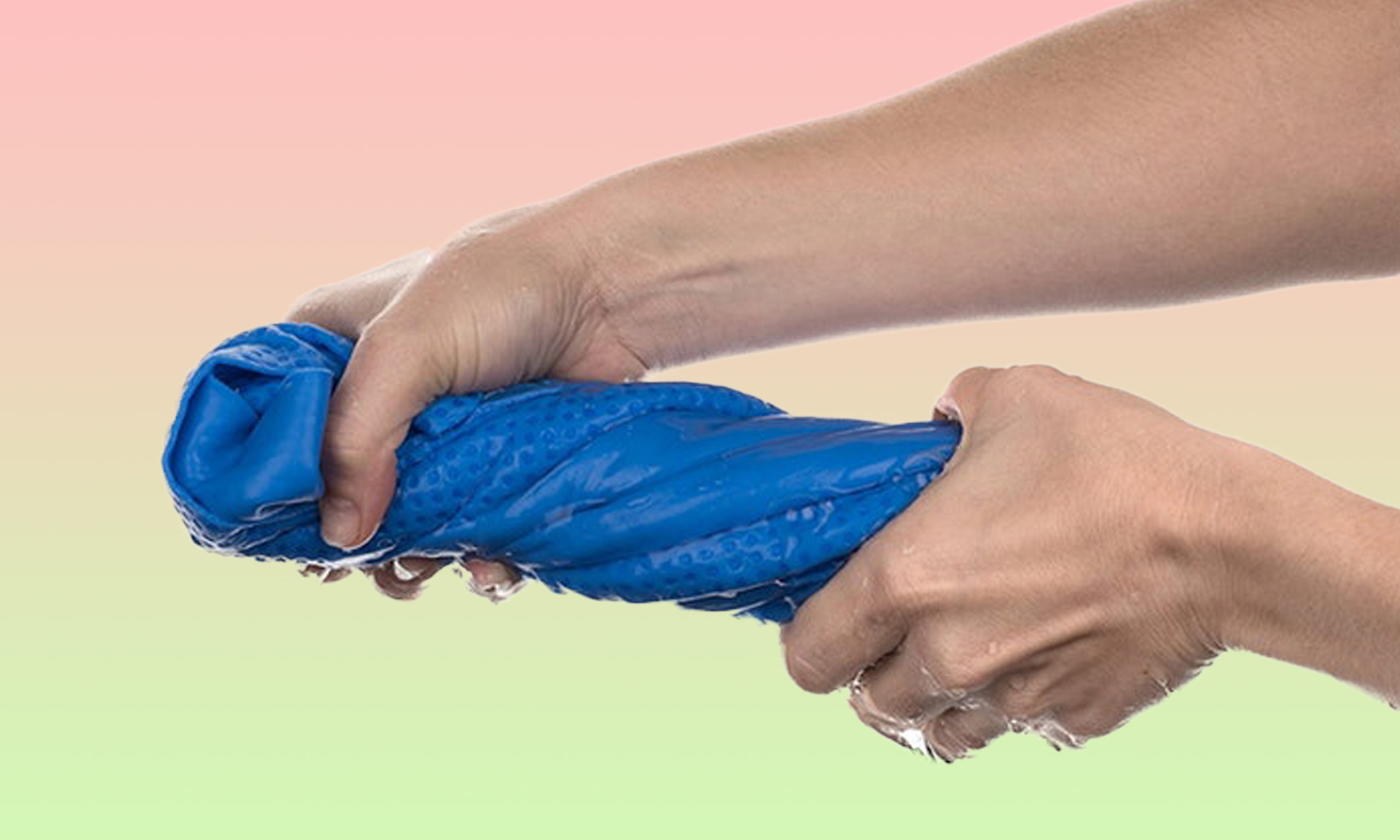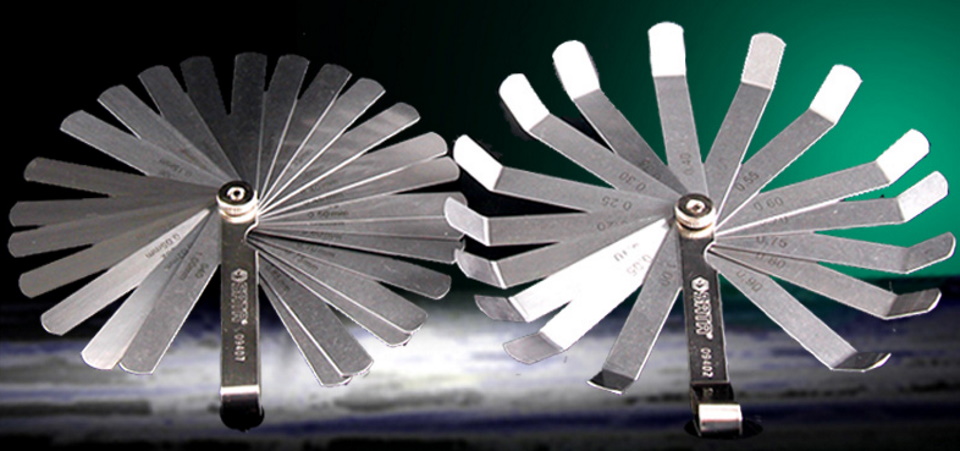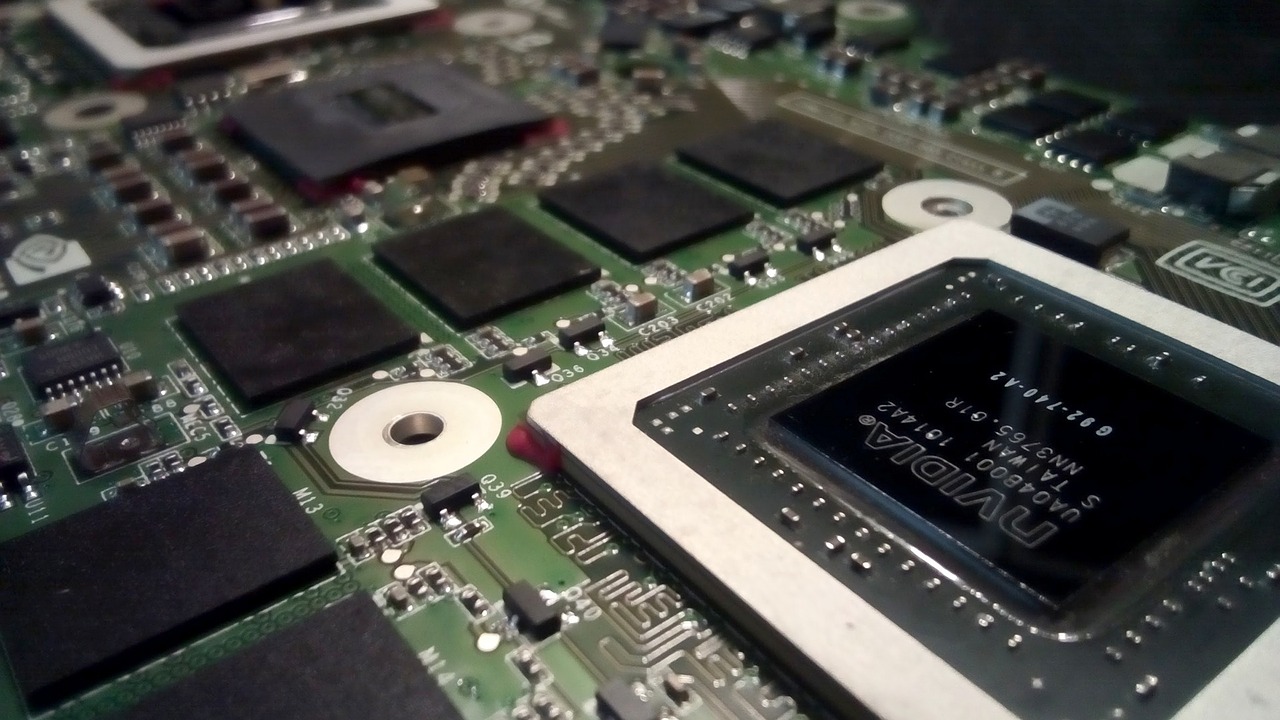Rating of the best grafting knives for 2022

The tree grafting procedure itself is very important, because thanks to it it is possible to renew old trees that have begun to lose fruit-bearing properties, as well as to obtain several varieties of the same fruit from a single trunk. At the same time, high-quality grafting will require the use of a good tool, namely a grafting knife. Professionals say that the effectiveness of this operation by 85% depends on the use of a knife with a solid cutting edge, and the type of vegetation itself, whether it be a pear, an apple tree or a garden rose, will play a smaller role here.

Content
- 1 Types of modern garden knives
- 2 The need for vaccination
- 3 Rules for using a grafting knife
- 4 Pros and cons of using a grafting knife
- 5 Difficulties of choice
- 6 Rules for sharpening a grafting knife
- 7 Rating of the best grafting knives for 2022
- 8 Conclusion
Types of modern garden knives
The type of country tool in question is rather intended for more delicate work - they are not recommended to perform rough operations, such as trimming bushes, pruning branches, cutting cuttings, and the like. However, do not assume that the grafting knife is a fragile and short-lived device. Simply, these products have a different, more delicate purpose, and it is preferable to perform rough work using specialized devices, for example, using secateurs, saws or garden shears.
Garden knives can be divided into two groups: grafting and cutting. The latter are used for trimming living or damaged areas of a tree (but not dry ones), such as branches and foliage of ornamental shrubs. Grafting is used to clean cuts and wounds left after rough initial operations or to remove young shoots, as well as cutting thorns.
In turn, knives for grafting operations are divided into three subspecies:
- Coping - they are made from hardened high-carbon steel, have a single straight cutting blade with one-sided sharpening, are used for cutting grafting;
- Budding - they are characterized by a curved blade with double-sided sharpening. Used for grafting through buds or eyes;
- Universal - extremely popular models that can have a variety of shapes of the cutting part, however, this part will always have a so-called oculated bend. The tool has a “bone” made of metal or plastic, which is placed on the handle and with its help the bark is conveniently moved apart at the site of the future cut.
The need for vaccination
The long period of growing a new tree and obtaining the desired yield from it is not the only drawback of the seed method of plant propagation. Unfortunately, trees grown from seeds cannot retain the properties and qualities of the fruits of their parents - in them, nature will most likely try to revive the biological characteristics of their wild ancestor. From this it is clear that with the help of grafting, getting a crop already on mature trees is the most preferable way. Also, there are other positive aspects of this method:
- Mature and grafted trees are less susceptible to various diseases and often already have appropriate antibacterial treatment;
- Vaccination allows you to increase their yield and productivity;
- The index of winter hardiness of a tree increases.
Grafting itself is the usual replanting of a scion on a stock, that is, transplanting one part of a tree to another. Due to the fact that plants quickly heal their wounds, the graft quickly grows together with the stock.
IMPORTANT! Naturally, it is only possible to graft trees of similar origin (for example, a pear with a pear, an apple tree with an apple tree, etc.), although there may be exceptions.Also, this operation will require the use of a special tool - a grafting knife.
Rules for using a grafting knife
Most often, for detailed instructions, it is better to refer to a specialized publication in the field of botany. Although the design of the knife has a very simple structure, some types of such procedures will require their own sequence of steps. All common points are as follows:
- Before work, it is necessary to disinfect the device (for example, with alcohol) and make sure that the cutting blade is properly sharpened;
- Perform mirror captures of the bases for scion and rootstock;
- With a sharp movement, make a clean cut so that the blade does not get stuck in the base (branch, trunk);
- With careful and precise manipulations, combine the scion with the stock, trying to prevent excessive peeling of the bark;
- Remove the excess edge of the scion located above the kidney;
- Bandage the resulting connection with a tight bandage from a grafting tape at the cut point;
- Remove unnecessary branches on the stock;
- Treat open places with garden pitch;
- At the end of the work, clean the knife by treating it with a special compound.
IMPORTANT! Some amateur gardeners do not attach importance to the last point, but simply moisten the knife blade in water and wipe it with a rag. However, even if the blade is not completely wiped, it is possible to start the process of rust formation, which especially affects Chinese products, whose cutting blade is made of not the most reliable steel.
Also, you need to pay attention to the following details:
- The knife must be stored in a dry place;
- It must not be exposed to excessive moisture for a long time;
- Cutting blades need to be sharpened periodically;
- Do not use the grafting knife for rough procedures (cutting thick branches, etc.).
Pros and cons of using a grafting knife
This tool, as well as the grafting operation itself, has enough advantages and disadvantages. The positive aspects of use include:
- Ease of operation - no skills of a professional botanist breeder are required to graft a tree with an appropriate knife;
- The speed of the operation - no special adjustment of the tool is required, the savings in working time are “obvious”, the cuts are small and even and do not have time to dry;
- Due to the speed of the operation, it is possible to carry out a large number of vaccinations, competently enriching the fruit and berry and decorative structure of your own garden;
- With skillful use and proper design of the knife, the risk of injury when working with it is minimal;
- It is possible to use the tool in question for grafting almost any shrubs and trees - from fruit to ornamental, from young to adult;
- If you properly follow the operating process recommended by the knife manufacturer, then the tool will last for many years (although this circumstance will also largely depend on the material of manufacture of the device) - the standard service life of a knife from the average price category is up to 3,000 cuts.
The negative points include the following:
- The scion and stock should be cut to approximately the same thickness, their permissible difference cannot exceed 3 millimeters;
- The cost of high-quality knife models can differ dramatically from the simplest samples;
- It is preferable to use the tools in question for soft woods (vineyard or rose bush);
- With extremely inept handling, the cut can turn out to be very short and not enough for grafting;
- The sharpening procedure will require certain tools and some skills;
- Replacing the cutting blade is not a mandatory procedure, however, it is preferable to use a tool from a quality brand when it is necessary to replace a worn blade with a new one.
Difficulties of choice
Before choosing a knife for grafting, you should pay attention to a number of points that can be conditionally divided into basic and additional. The main ones include:
- The presence of notches on the blade - their presence on this element of the tool is simply unacceptable, even in the smallest variations. It is worth noting that at the post-production stage, in the factory, the blade should always be carefully polished. The best sign of proper polishing is the reflection of objects on its surface, like in a mirror.
- The thickness of the cutting blade - as practice shows, the optimal cutting is obtained with a blade of no more than 2 millimeters, and a half-millimeter blade is ideal. If you use a blade with a large thickness, then there will always be a risk of damage to the kidney or cutting, which will make fusion impossible.
- The quality of steel and sharpening - these properties have an elementary verification procedure - you just need to cut a sheet of writing paper with a knife, holding it in weight. If the edges of the cuts remain smooth, do not have torn ends, then such a tool has a good sharpening.
Additional points worth noting include:
- The passage of the blade - it should be as easy as possible, and after the passage there should be no gaps on the base. This will allow the branches not to wrinkle or deform, contributing to their further qualitative growth and survival of the grafts.
- Production material - a long and reliable service life will provide the owner with a knife, the blade of which will have a Teflon coating (applicable only to expensive brands). In second place are alloy steel blades. Professionals advise purchasing expensive models, because their quality and price, subsequently, will pay off many times over.
- Reliability of attachment of the blade to the handle - this issue of work safety should in any case be a priority. The blade in the handle must be firmly fixed and have no play. Given its sharpness, if the knife slips out of your hand during work, then it will not be difficult to get a serious injury.
- Sharpness - when leaving the factory and when it goes on sale, any knife must be perfectly sharpened. If there is commercial information that the initial sharpening should be done by the owner himself, then this will indicate the low quality of the tool.
- Handle - it is better to purchase models with a rubberized handle, because it will reduce the risk of calluses on the palms during prolonged work, and will also prevent the knife from slipping out if the palm is fogged. Moreover, the rubberized handle is pleasantly and securely held in the palm of your hand, and if it also has a recess on the index finger, this will increase the grip density.
Rules for sharpening a grafting knife
The sharpening of the tool in question takes place in two stages: along the bars and along the whetstones.In the bars, the abrasive surface has a coarser grain, which implies initial rough processing, and in the second, the grain is smaller and it is more suitable for final sharpening.
Due to the fact that the grafting knife may not have a straight blade, it is better to use a semi-circular whetstone up to 3 centimeters wide. The whole point of the sharpening process will be to correctly set the blade at the proper angle. Moreover, it is always worth remembering that one-sided knives are never allowed to be sharpened on the other side.
The whole procedure begins with the fact that the knife is placed on the bar with the entire plane of the blade and then this blade is drawn along the bar in a single direction, pressing it. The curved side of the blade (i.e., its nose) is sharpened in a similar way, only slightly lifting it by the handle. Sharpening of the knife continues until burrs form along the entire length of the cutting blade. Then you need to edit with a touchstone. To do this, the tool is taken by the handle only with the help of fingers, and the blade is passed over the stone without pressure. If a device whose blade is sharpened on both sides is subjected to sharpening, then after each movement it is turned over by the other side, which makes it possible to alternate sharpening both chamfers of the cutting blade.
IMPORTANT! Sharpening should take place by holding the knife itself in the left hand, relying on some kind of solid base (respectively, for left-handed people, the order of hands will be changed). In order to hold the grindstone tightly, the more developed (working) hand should always be used. The abrasive, pressed against the blade at the proper angle, must be moved like a file along the entire length of the blade. The final editing takes place with the help of a touchstone.
final grinding
This process is best done with a fine P1500 sandpaper, while the blade angle should be from 15 to 20 degrees. Grinding should be completed with a stretched leather belt lubricated with GOI paste - it is necessary to run the blade over it several times in order to achieve the desired grinding effect and the complete absence of burrs. The ideal finish to the sanding is to get an almost mirror image on the cutting blade. It is worth noting that it is not so easy to get the ideal result, and all the work will take a fair amount of time.
Rating of the best grafting knives for 2022
Budget segment
3rd place: "SKRAB 28023"
A good tool for grafting trees with medium branch thickness. The material of the cutting blade is stainless steel, and the handle is made of wood. The whole structure is tightly coupled to each other and has a small weight. Perfect for everyday gardening and does not require much care when storing. The recommended cost for retail chains is 500 rubles.

- Stainless steel blade;
- Reliable construction;
- Suitable for everyday and occasional work.
- The blade will need frequent sharpening.
2nd place: PALISAD 79003
This pruning knife is suitable for use in the garden, household, camping, etc. It has a durable stainless steel blade. The hardwood handle fits comfortably in the hand. When folded, the knife is small and fits easily into a pocket. According to general customer reviews, it can be described as a simple, reliable and cheap tool. The recommended cost for retail chains is 550 rubles.

- Sufficient blade thickness;
- Pretty light weight;
- Relatively small size.
- Not detected.
1st place: PALISAD 79001
This tool is characterized by excellent cutting properties. Despite the fact that the cutting blade has a special curved nose, the design is foldable - the blade is conveniently and safely hidden in the base of the handle. By itself, the device is not large in size and normally lies in the hand, providing a tight grip. It is possible to use it not only for grafting, but also for cleaning up branch cuts before putty on trees. The recommended cost for retail chains is 610 rubles.

- Comfortable wooden handle
- Curved spout expands functionality;
- Small sizes.
- Requires occasional sharpening.
Middle price segment
3rd place: "SAMURAI IGKBD-67W"
The grafting folding stainless steel knife is designed for bud grafting. At the end of the blade there is a tooth, which is convenient to push the bark at the grafting site. The working part is made of stainless steel, and the ergonomic handle is made of wood. Two positions are provided - working and non-working. The folding process is easy - the blade is exactly hidden in the handle. The cutting blade has an anti-corrosion coating. The whole design is particularly ergonomic. The recommended cost for retail chains is 680 rubles.

- Representative of a quality Japanese brand;
- Excellent factory sharpening;
- There is an anti-corrosion coating.
- Not detected.
2nd place: "Opinel No. 8"
The knife is original in design.In terms of spiciness, it's very spicy. The cutting edge is very long lasting. The country of origin is France. The wooden handle and swivel blade lock also added convenience. There are no loopholes at all. The material of the blade is carbon steel, and the comfortable handle is made of beech and provides a secure hold of the tool without slipping. It is easy to sharpen due to the symmetrical sharpening. The recommended cost for retail chains is 750 rubles.

- Expanded scope - from gardening to electrical work;
- The best ratio of price and quality;
- Excellent initial sharpening;
- Lack of backlash.
- There is no folding mechanism.
1st place: "FINLAND 1454"
Grafting knife with tongue is made of stainless steel. The tool is designed to work with small branches of trees and shrubs. A special tongue is used to bend the bark. The blade folds into a handle. The knife is of good quality, the blade is marked, i.е. this is not a budget model. The handle is made of plastic, has a rounded shape and feels surprisingly good in the hand. For amateur gardening - a great specimen. The recommended cost for retail chains is 820 rubles.

- Comfortable grip for the hand;
- High quality blade material
- Adequate cost.
- Plastic handle.
Premium class
3rd place: Opinel 133080
Another multifunctional piece that combines sharpness, ergonomics and maximum efficiency. It can be used for gardening, but also useful for any household work. Differs in convenience of folding and quality of a cut.The shape of the handle and blade are a very beautiful combination. It has a universal blade lock. It has a very comfortable grip and can be laid out with one hand. The wedge-shaped blade is much more productive than the classic saber, at least for garden operations. There is a hole for a lanyard, and the clutch itself has become more compact, which affected the total weight (40 grams) of the knife as a whole. The recommended cost for retail chains is 1010 rubles.

- Foldable design;
- Expanded scope;
- Wedge-shaped blade.
- Not detected.
2nd place: Fiskars 1001625
The grafting knife is used for cutting and trimming shrubs and plants. The knife blade is made of high carbon steel for durability. Corrosion protection is realized by means of a special coating. The handle is made of recycled plastic and has a comfortable curved shape for comfortable work with the tool. At the end of the handle there is a hole for hanging the tool. According to user reviews, this tool is a model of durability, comfortable use and ease of transportation and storage. The recommended cost for retail chains is 1200 rubles.

- Comfortable grip handle;
- High carbon steel blade for durability
- Eco-friendly handle material.
- Requires initial resharpening.
1st place: Fiskars 1001623
This model perfectly copes with all the necessary work when grafting trees.The cutting blade of the model is made of high carbon steel and subjected to anti-corrosion treatment. The handle is made of environmentally friendly plastic and fits perfectly into the design, not allowing the blade to miss the groove when folding. The recommended cost for retail chains is 1300 rubles.

- Convenient folding process;
- Light weight;
- Reliable manufacturing materials.
- Not detected.
Conclusion
A good tree grafting tool is the first step to a successful procedure. Dull knives, unsuitable secateurs damage the scion and rootstock, which makes it difficult to take root and severely injures fruit trees. Tools should be used only for their intended purpose, they should not be used in kitchen chores or rough work if they are not intended for this. The condition of the tool must be constantly monitored and, if necessary, sharpened. This must be done according to all standards with special accessories. If these are not available, it is better to resort to the help of a master.
new entries
Categories
Useful
Popular Articles
-

Top ranking of the best and cheapest scooters up to 50cc in 2022
Views: 131654 -

Rating of the best soundproofing materials for an apartment in 2022
Views: 127695 -

Rating of cheap analogues of expensive medicines for flu and colds for 2022
Views: 124522 -

The best men's sneakers in 2022
Views: 124039 -

The Best Complex Vitamins in 2022
Views: 121943 -

Top ranking of the best smartwatches 2022 - price-quality ratio
Views: 114982 -

The best paint for gray hair - top rating 2022
Views: 113398 -

Ranking of the best wood paints for interior work in 2022
Views: 110321 -

Rating of the best spinning reels in 2022
Views: 105332 -

Ranking of the best sex dolls for men for 2022
Views: 104370 -

Ranking of the best action cameras from China in 2022
Views: 102220 -

The most effective calcium preparations for adults and children in 2022
Views: 102014









